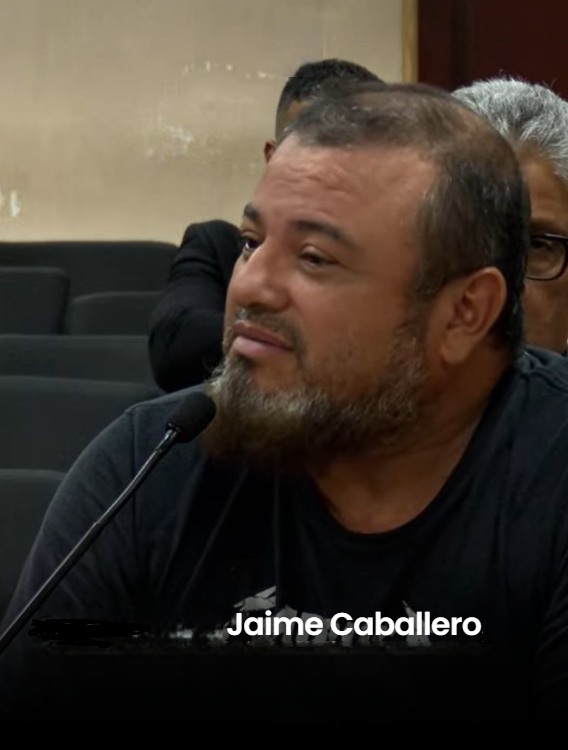How to Use Evidence in Essay Writing Without Sounding Robotic

When you’re writing an essay, you know you need to include evidence. That part’s clear. The problem is how to do it in a way that doesn’t make your paper read like a bad instruction manual. Too often, students drop in a quote, follow it with a dull explanation, and move on. That structure might work technically, but it doesn’t flow naturally.
Academic writing can start to feel robotic fast, especially when you’re trying to check all the boxes: thesis, structure, citations. It gets worse when you’re writing about something dry or complex. Students who ask for law essay help online often mention that the hardest part isn’t understanding the material—it’s making the argument sound human. Your writing should feel like you understand what you’re saying. Here’s how to actually do that.
Don’t Just Drop Quotes—Integrate Them
You’ve probably seen essays where the quote just sits there awkwardly. Something like: “Climate change is real.” (Smith, 2020). Then the sentence ends. No setup, no follow-up. This is where things start sounding stiff.
Instead, weave the quote into your own sentence. Treat it like part of your voice, not an interruption.
For example: According to Smith (2020), “climate change is real,” and the data backs that up across multiple decades.
Now your sentence has a flow. The quote isn’t just floating on its own.
Avoid leading every paragraph with a quote, too. If every section starts with someone else’s words, it looks like you don’t know how to start your own point. Start with your own idea, then back it up.
Paraphrase with Intent
Quoting isn’t the only way to bring in evidence. Paraphrasing is useful, especially when you want to simplify something or connect it to your point. Yet, paraphrasing should never mean just changing a few words.
Good paraphrasing shows you understand the material. If a researcher outlines a trend in social behavior, your paraphrase should capture that pattern in a way that fits your argument. It’s not about translation. It’s about interpretation.
Here’s a poor paraphrase: The study says students learn better in groups.
Here’s a better one: Group learning environments helped students retain more information, especially during collaborative tasks (Lopez, 2021).
Add Commentary, Not Just Summary
Students often summarize a quote or study, then move on. That’s where the writing falls flat. A summary is fine, but it’s not enough. You have to follow it with insight.
After using a source, add a few sentences that show why it matters. Connect it to your argument. Comment on how it supports or challenges the idea you’re making. That’s what your professor is looking for—your voice, not just your sources.
Ask yourself:
- Why did I choose this piece of evidence?
- What does it add to my point?
- Does it clarify, contrast, or deepen the idea?
You don’t have to overdo it. Two or three thoughtful lines can elevate the paragraph.
Vary Your Sources and Tone
If every example you use is from one journal or one kind of article, your essay gets repetitive. Variety helps your writing feel more natural and less rehearsed. Pull from different authors, formats, or even opposing views. It shows you’ve explored the topic fully.
It also helps to vary your tone depending on the source. Academic papers might sound formal, but that doesn’t mean your whole essay has to. You can write with clarity and simplicity while still citing complex research.
For example, if you’re writing about tech and society, you might cite a peer-reviewed article, a government report, and a recent case study from the real world. That mix keeps your reader engaged and makes the evidence feel alive.
Smart ways to vary your sources are:
- Use journal articles for theory or background
- Add case studies to show real-world relevance
- Include data from reports or surveys
- Refer to expert commentary or interviews
Avoid Robotic Phrases
Phrases like “According to the article,” “This quote shows that,” or “In conclusion” get overused and feel dry. They signal that you’re following a template, not thinking through your argument.
Instead, rephrase in a more natural voice. Try “The research highlights,” or “This finding complicates the idea that…” or “This supports the earlier claim…” These variations make your writing feel more flexible.
Here are a few phrases to swap out:
- “This quote proves” → “This supports the idea that…”
- “In conclusion” → “Overall,” or “Taken together,”
- “According to the article” → “The study by Jones suggests”
- “This shows that” → “This highlights how…”
A small shift in phrasing can keep your writing from sounding mechanical.
Know When to Let Evidence Breathe
Sometimes you need to pause and explain more. Other times, your point is already clear, and over-explaining it makes the writing feel forced. Knowing when to stop is just as important as knowing what to say.
If you’ve just made a strong claim and backed it with clear evidence, trust the reader to connect the dots. You don’t need to restate the same point three ways.
But if your quote or data is dense or abstract, add more unpacking. Walk the reader through the meaning step by step. That shows mastery, not overthinking.
The key is balance. You’re building an argument, not writing a textbook.
Conclusion
Using evidence well isn’t about how many quotes you can cram in. It’s about how smoothly you integrate those pieces into your own voice. The best essays don’t just show what the sources say—they show how the writer is thinking.
If you can combine clarity, variety, and purpose when using sources, your writing won’t feel robotic. It’ll sound like you actually understand the topic, and that’s what matters most.





